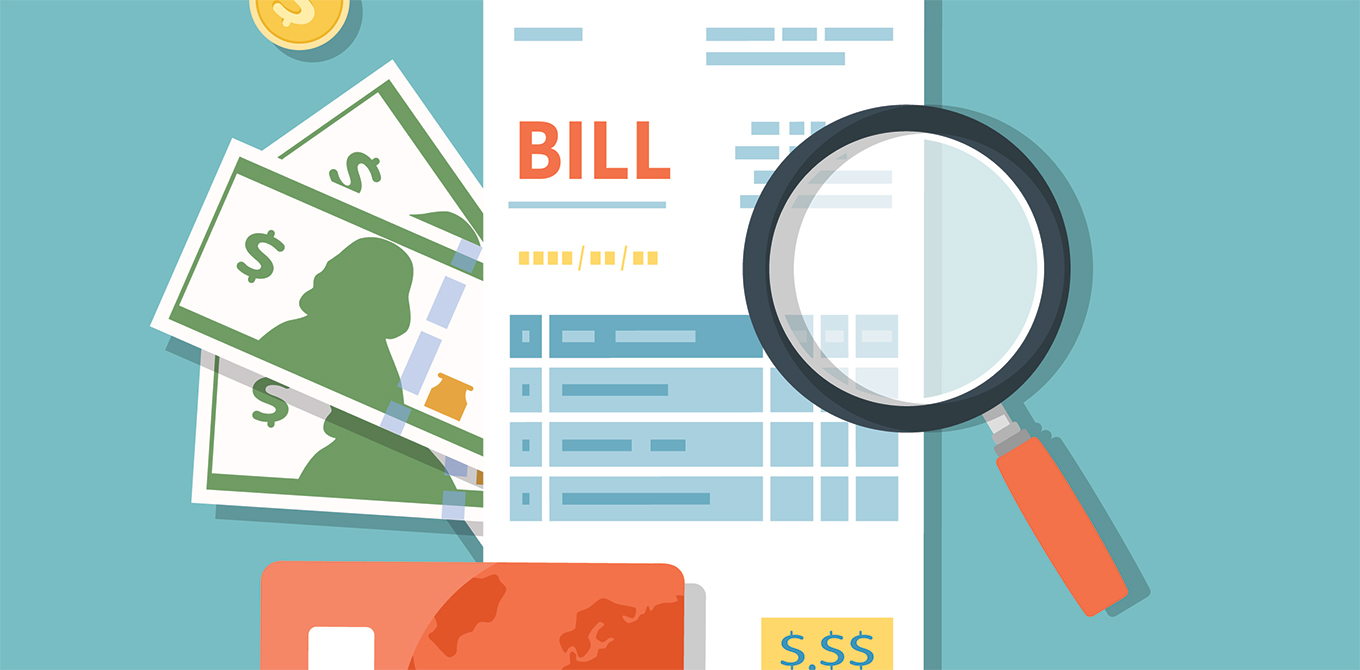How to Go From $1,000 to $5,000 in Savings (and Beyond)
If you've already saved your first $1,000, pat yourself on the back and enjoy the peace of mind that comes with this financial cushion. Once you've reached this saving milestone, you may be ready to move to the next step and watch your account balance keep growing. Further boost your savings by setting your sights on $5,000.
4 Steps to Boost Your Savings Account Balance
To save your first $1,000, you probably set up an automatic transfer from your paycheck to your savings account after each payday. You may have also eliminated nonessential recurring expenses and started the habit of “banking savings”—that is, putting away the money that you save via savvy shopping rather than leaving those savings in your checking account. If you haven't yet used those saving tactics and want more information, though, read these tips on how to start saving:
1. Consider what you can sell.
To bulk up your savings quickly, consider how you can deposit a large lump sum. Many people have things they no longer need or use. So, look around your home—and your garage or storage unit if you have one. What can you part with? If you have any large-ticket items, you could sell them and add to your bank account. If not, consider gathering a collection of smaller items to sell via a yard sale or an online marketplace. Put the proceeds directly into your savings account, so you aren't tempted to spend them.
2. Start a side gig for an additional income stream.
For some, saving more money requires earning more money. One way to do so without changing jobs or waiting for a promotion is to find a side gig you enjoy. Consider driving for a rideshare or even renting out your personal vehicle or RV when you're not using it. Just check on your insurance policy first to see whether you'll need to adjust your coverage. You could also walk dogs, provide professional services to small businesses, or something else that lands within your skillset. Whatever you choose to pursue, you'll be joining many people who boost their income with a side hustle.
3. Make the most of your raise.
If you get a raise, a promotion or a new, higher-paying job, congrats! As your income increases, remember to increase the amount that you automatically save. Often, when people start making more money, they start spending more money. That can be okay if you also increase the amount you're putting away in savings.
4. Schedule a quarterly budget review.
If you want to get serious about savings in the long term, put it on your calendar to review your budget quarterly—especially your expenses. Determine whether you're overpaying for anything, overspending in any categories, or even simply paying for something that you no longer use. Cancel what you can. Don't keep paying for subscriptions that you've forgotten—including any apps on your phone. Examples of areas where you could be overspending is getting takeout delivered. Consider picking it up yourself to save the fees and tips. And for recurring costs, try to find less expensive options or negotiate them down if possible. For instance, many people are pleasantly surprised by how much they can save by shopping around for car insurance, especially if it's been a while since they purchased their policy.
Whatever you manage to save, add that amount to what you automatically transfer into savings each month. Spending the time to identify and reduce unnecessary expenses can help keep your spending under control and increase the amount you save over time.




